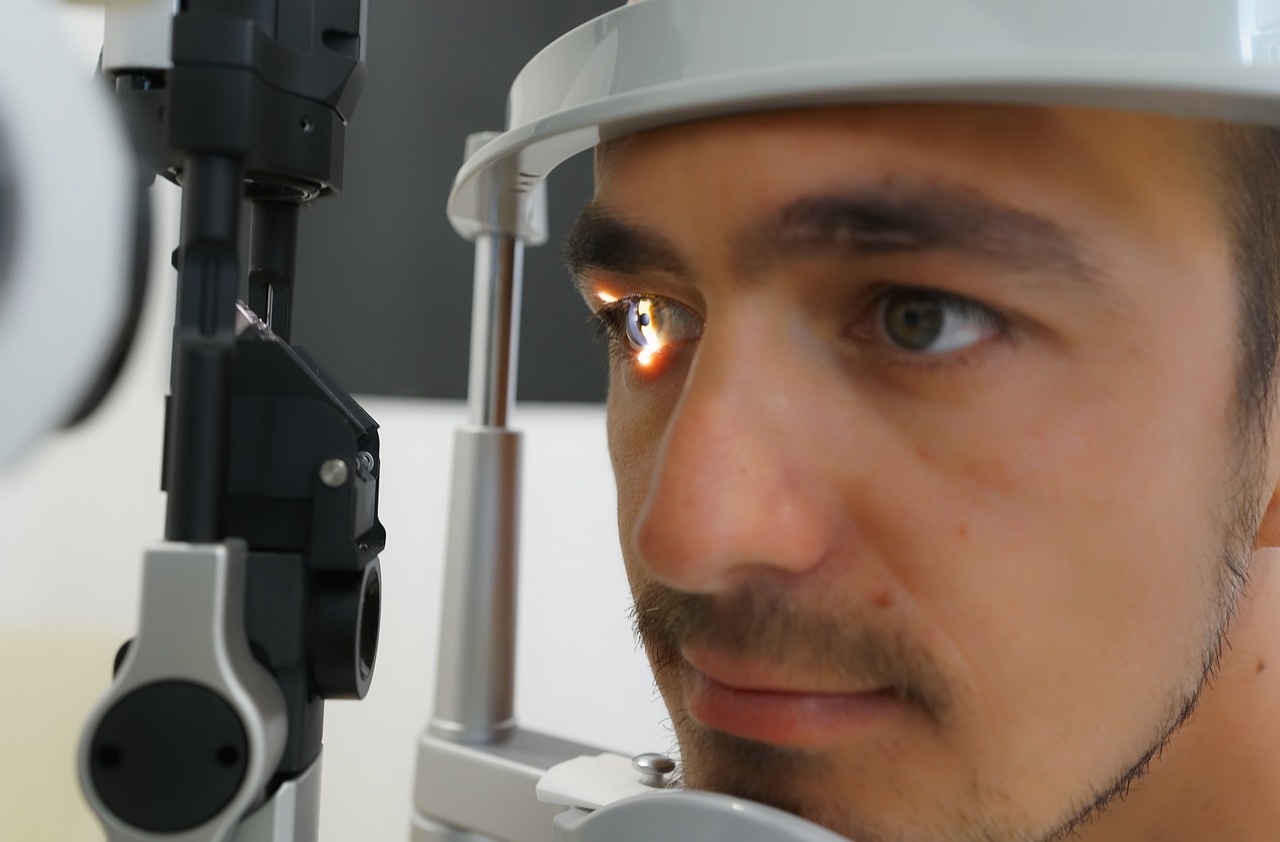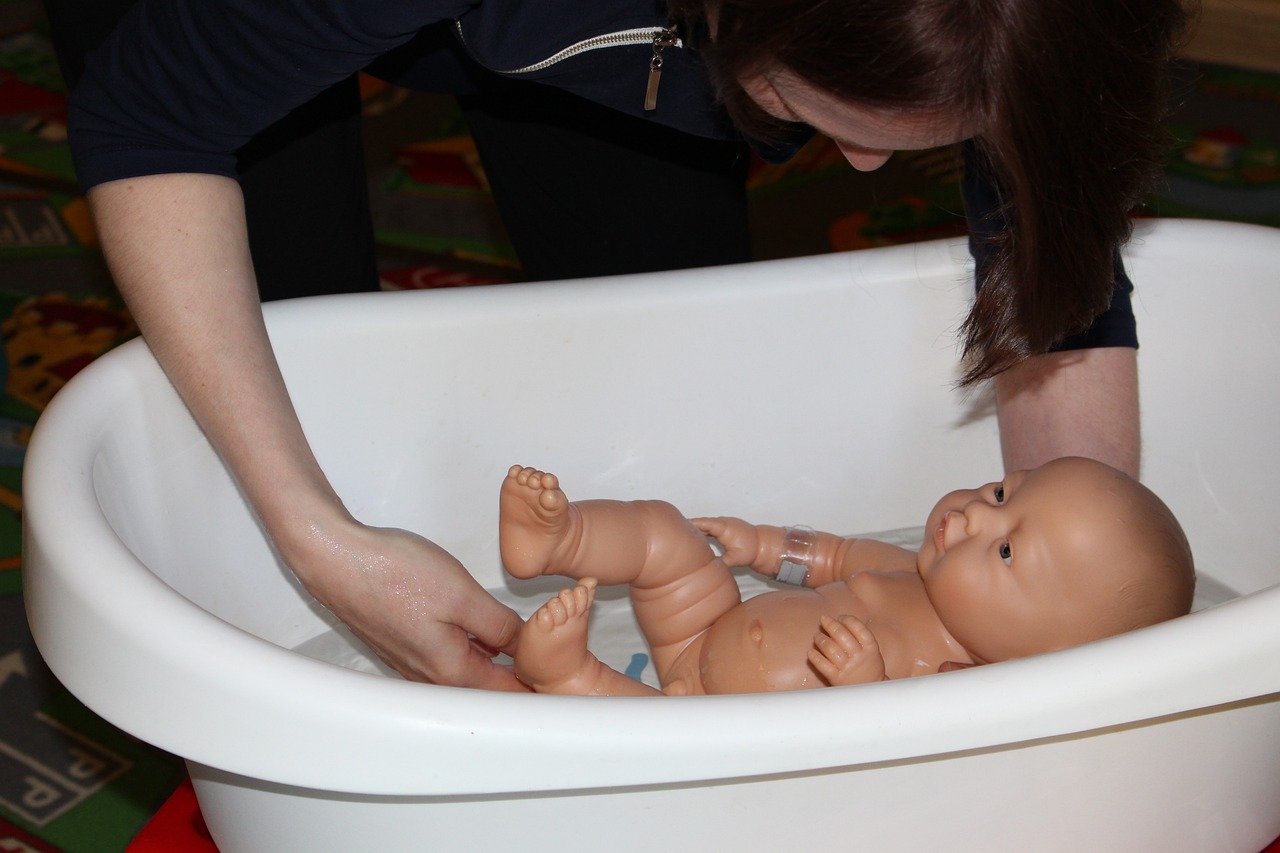When it comes to using the First Response Pregnancy Test, it’s essential to understand the process thoroughly to achieve accurate results. This test is designed to detect pregnancy hormones in urine, providing fast and reliable outcomes. Let’s delve into the steps to effectively utilize the First Response Pregnancy Test for your peace of mind and clarity.

Understanding the First Response Pregnancy Test
When it comes to understanding the First Response Pregnancy Test, it’s essential to grasp the features that set it apart and make it a reliable choice for women seeking accurate results. The First Response Pregnancy Test is designed to detect the presence of human chorionic gonadotropin (hCG) in urine, a hormone produced during pregnancy. This test is known for its high sensitivity, allowing it to detect hCG levels as low as 6.5 mIU/mL, making it one of the most sensitive over-the-counter pregnancy tests available.
Before diving into the specifics of how the First Response Pregnancy Test works, it’s crucial to prepare adequately for the test to ensure the most accurate results. This involves carefully reading the instructions provided with the test kit, checking the expiration date, and gathering all necessary materials. Ensuring that you follow the instructions correctly can significantly impact the reliability of the results.
When using the First Response Pregnancy Test, it’s important to follow a step-by-step guide to ensure accurate results. This typically involves collecting a urine sample in a clean, dry container and using the provided dropper to apply the urine to the test stick. Waiting for the specified amount of time before reading the results is crucial, as interpreting the test too early or too late can lead to inaccurate results.
Interpreting the results of the First Response Pregnancy Test is relatively straightforward. A positive result is indicated by the appearance of two lines, one in the control window and one in the test window. On the other hand, a single line in the control window indicates a negative result. It’s essential to read the results within the specified time frame to ensure accuracy.
For additional guidance on using the First Response Pregnancy Test effectively, refer to the tips and frequently asked questions section. This section provides valuable insights into optimizing your testing experience and addressing common queries that may arise during the testing process.

Preparing for the Test
Preparing for the First Response Pregnancy Test is crucial to ensure accurate results. Before taking the test, it is important to follow these steps:
- Read the instructions carefully: Familiarize yourself with the instructions provided in the test kit to understand the process thoroughly.
- Choose the right time: It is recommended to take the test in the morning when the concentration of pregnancy hormone hCG is highest in the urine.
- Gather necessary materials: Make sure you have a clean, dry cup for collecting urine and a timer to track the testing time.
- Avoid excessive liquids: Refrain from drinking too much liquid before the test as it may dilute the urine sample and affect the results.
- Plan for privacy: Find a quiet and private space where you can comfortably take the test without any interruptions.
By following these simple yet important steps, you can prepare yourself effectively for using the First Response Pregnancy Test. Remember, accurate preparation can lead to reliable results, giving you the clarity and assurance you need during this crucial moment.

Using the Test Correctly
When it comes to using the First Response Pregnancy Test correctly, precision is key. Follow these steps diligently to ensure accurate results:
- 1. Read the instructions carefully before starting the test. Familiarize yourself with the process to avoid any mistakes.
- 2. Collect your urine sample in a clean, dry container. Make sure it is the first urine of the day for the most accurate results.
- 3. Remove the test stick from its packaging right before you are ready to use it. Avoid touching the absorbent tip.
- 4. Dip the absorbent tip into the urine sample for the specified amount of time as per the instructions.
- 5. Place the test stick on a flat surface and wait for the results to appear. Do not disturb the test while waiting.
- 6. Check the results within the specified time frame mentioned in the instructions. Reading the results too early or too late can lead to inaccuracies.
- 7. Interpret the results as indicated in the instructions. A positive result usually shows two lines, while a negative result shows only one line.
- 8. Dispose of the test stick properly after use according to the manufacturer’s guidelines.
By following these steps meticulously, you can ensure that you are using the First Response Pregnancy Test correctly and obtaining reliable results. Remember, accuracy is crucial when it comes to such an important and life-changing moment.

Interpreting the Results
When it comes to interpreting the results of the First Response Pregnancy Test, it’s crucial to understand the various outcomes and what they may indicate. The test results are typically displayed as either a positive or negative result, but there are nuances to consider:
- Positive Result: A positive result usually indicates that you are pregnant. The appearance of two lines, regardless of how faint the second line may be, is considered a positive result. It is essential to follow up with a healthcare provider for confirmation and further guidance.
- Negative Result: On the other hand, a negative result typically means that you are not pregnant. If only one line appears in the test window, it indicates a negative result. However, it’s essential to note that false negatives can occur, especially if the test is taken too early in the pregnancy.
- Invalid Result: Sometimes, the test may display an invalid result, which could be due to various reasons such as using the test incorrectly or expired test kits. In such cases, it is recommended to retake the test with a new kit.
Remember, it’s essential to read the instructions provided with the test kit carefully to ensure accurate interpretation of the results. If you have any doubts or questions about the results, don’t hesitate to consult a healthcare professional for further clarification and guidance.

Tips and FAQs
When it comes to using the First Response Pregnancy Test effectively, there are some important tips to keep in mind and common questions that may arise. Let’s delve into some helpful advice and frequently asked questions to ensure you have a smooth experience with the test.
Tips for Using the First Response Pregnancy Test:
- Read the instructions carefully before starting the test to ensure proper usage.
- Use the first urine of the day for the most accurate results as it contains a higher concentration of the pregnancy hormone.
- Set a timer to track the test duration accurately, as timing is crucial for the results.
- Store the test in a dry place at room temperature to maintain its effectiveness.
- If possible, avoid drinking excessive fluids before taking the test to prevent dilution of urine.
FAQs about the First Response Pregnancy Test:
- Q: How soon can I take the First Response Pregnancy Test?
- Q: What should I do if the test shows a faint line?
- Q: Can medications or medical conditions affect the test results?
A: You can take the test as early as 6 days before your missed period for accurate results.
A: Even a faint line indicates a positive result. It is recommended to retest after a few days for confirmation.
A: Certain medications or medical conditions may interfere with the test accuracy. Consult a healthcare provider for guidance if needed.